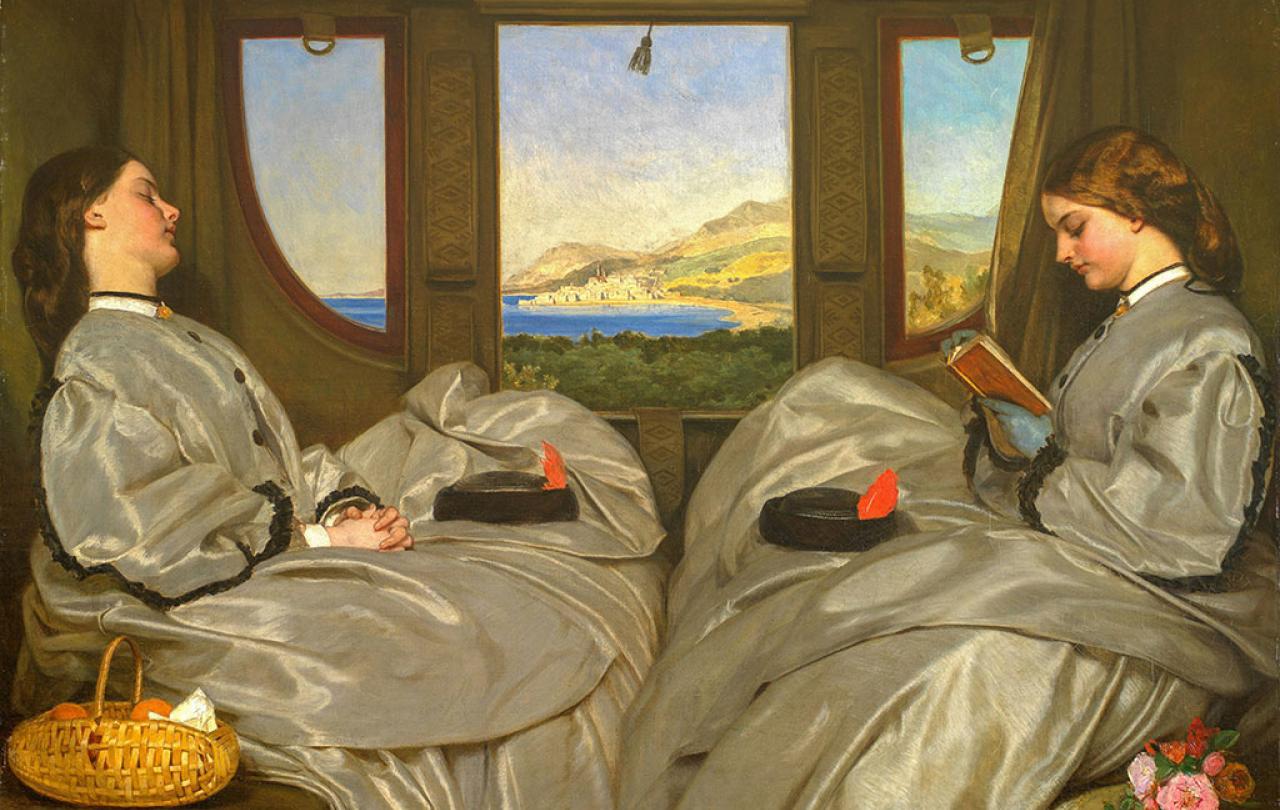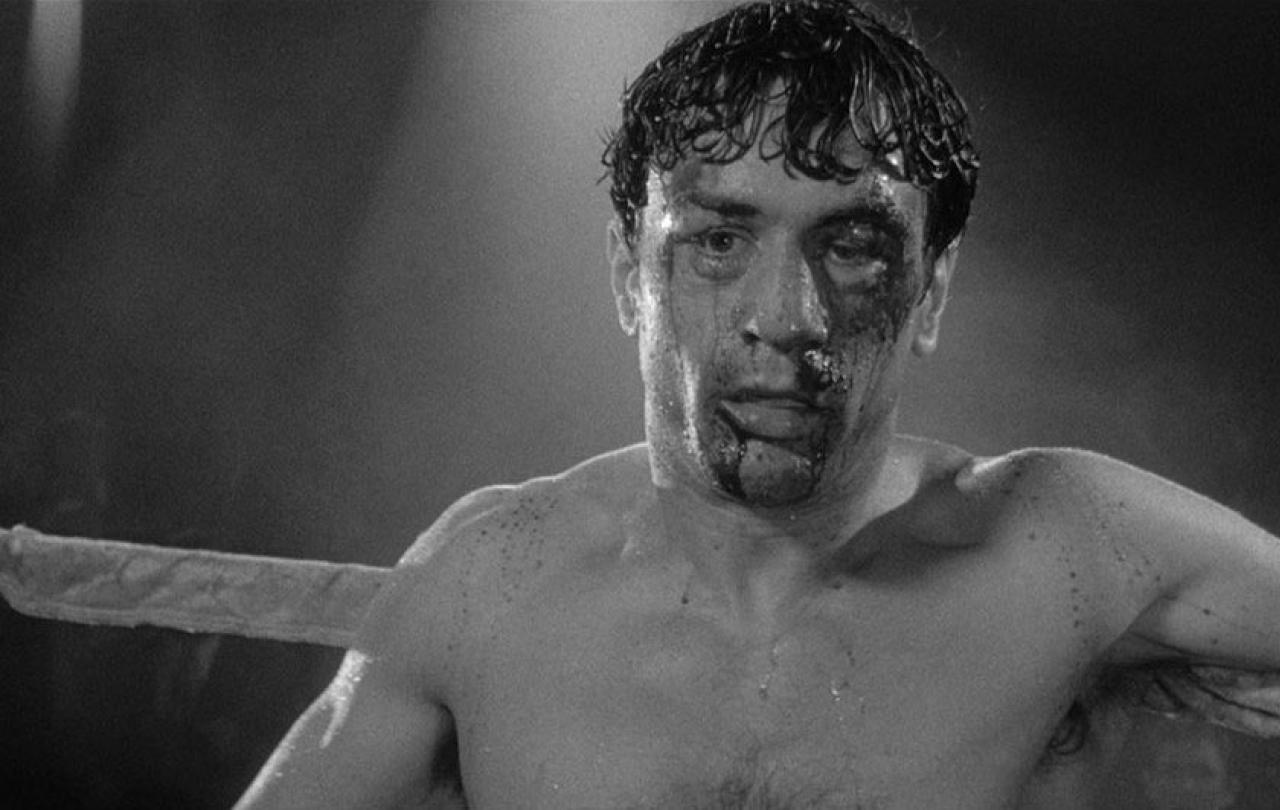Scorsese’s first foray into depicting overtly spiritual subject matter was 1988’s The Last Temptation of Christ. It sees Scorsese, and frequent collaborator and screenwriter Paul Schrader, seek to find and dissect the humanity of Jesus (played by Willem Defoe). This film dives headfirst into the complex waters of the incarnation, asking what it means for Jesus to be both fully man and fully God. Scorsese subsequently creates a portrait of Jesus as a human wrestling with the complexity and ambiguity of his own divinity.
His second ‘Faith Movie’ sees him delve into the world of Buddhism and non-violence with 1997’s Kundun. It is part history lesson, part spiritual exploration, showcasing the life of the 14th Dalai Lama. The film begins with the Dalai Lama being discovered by monks at the age of two and tracks his life as both the spiritual and political leader of Tibet, until its annexation by China and his exile to Northern India in 1959. Similarly to Last Temptation, it is within the ambiguity of a dual identity that Scorsese finds the narrative thread of the film; while Scorsese’s Jesus is caught in the tension of being both God and man, the Dalai Lama must wrestle with his identity as both the political and spiritual leader of a nation amidst a world in constant conflict.
Which brings us to the supposed culmination of Scorsese’s ‘Trilogy of Faith’: 2016’s Silence. The film, based on the novel by Shūsaku Endō, tells the story of two Catholic Portuguese missionaries in 17th Century Japan. When it comes to the setting and plot of this film, the crucial contextual detail is that, in an attempt to stamp-out peasant uprisings, Christianity has been outlawed in Japan. And yet, the film sees these two Catholic priests (played by Adam Driver and Andrew Garfield) venture into a land where Christians are being routinely tortured and executed for their faith. Their motivation for doing so is to find their mentor, Father Ferreira (Liam Neeson), who has reportedly renounced his faith. Upon their arrival, the two priests are confronted with the reality of the Japanese regime, coming face-to-face with relentless brutality and violence. And, as the narrative unfolds, they become active participants in the fate of other Christian prisoners, for whom the choice to defend or renounce their faith is a choice between life or death. As a result, we witness the priests’ personal beliefs, as well as their opinions of Father Ferreira’s decision, begin to change.
And there we have it: what the critics would have you believe is Scorsese’s ‘Trilogy of Faith’. While it is true that these are the only films that directly depict religious subject matter, this theory overlooks the constant presence of religious imagery and themes throughout his entire career. Indeed, there is more to Scorsese’s highly stylised, Rolling Stones soundtracked, bombastic gangster films than this theory would have you believe.
To fully expound the religious themes in Scorsese’s work would require an entire career retrospective: from his very first film (Who’s That Knocking at my Door – 1967), where the young Catholic boy struggles to reconcile his idealisation of the virginal purity of women with the reality of the women in his life, all the way up to his latest feature, (Killers of the Flower Moon - 2023), the third act of which is built upon notions of guilt, confession and forgiveness. Even when Scorsese is telling stories completely removed from faith, he still weaves spiritual content into the fabric of his work.



